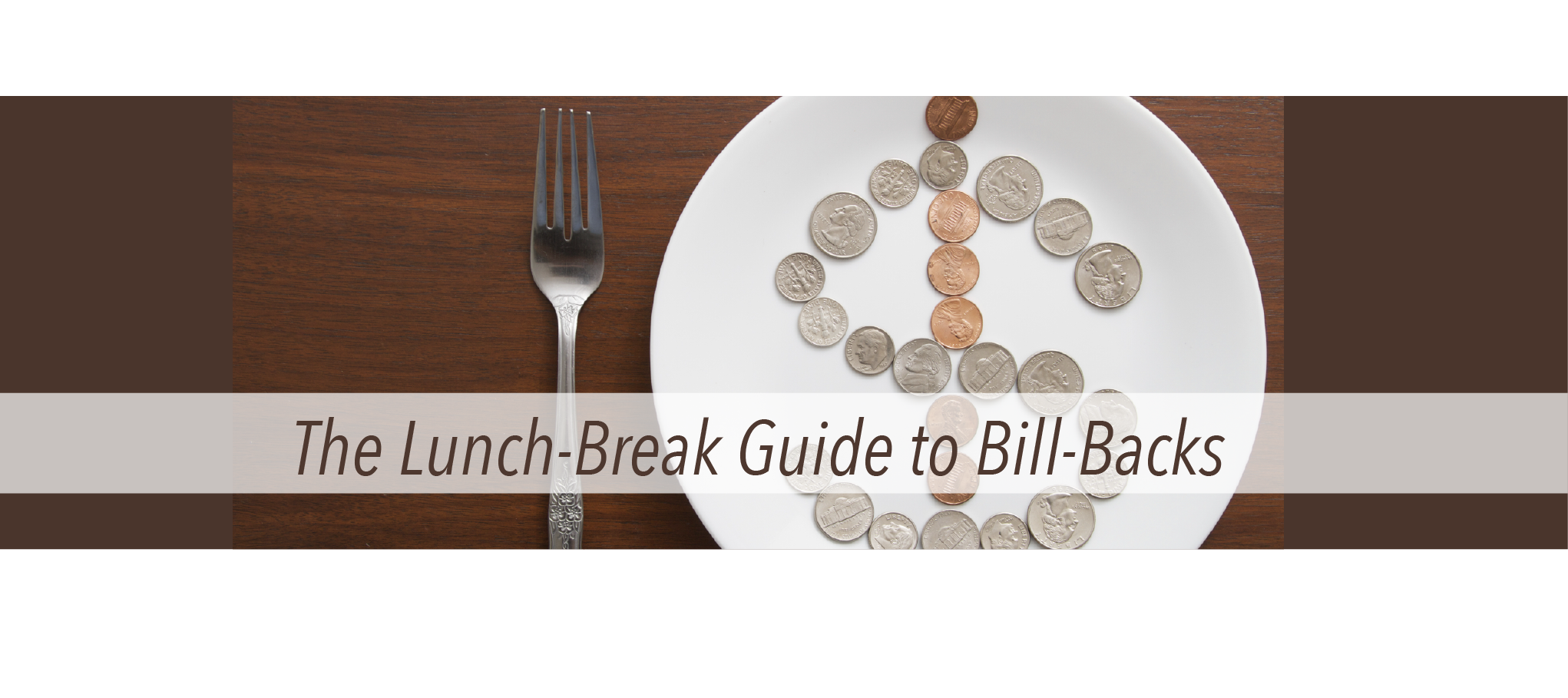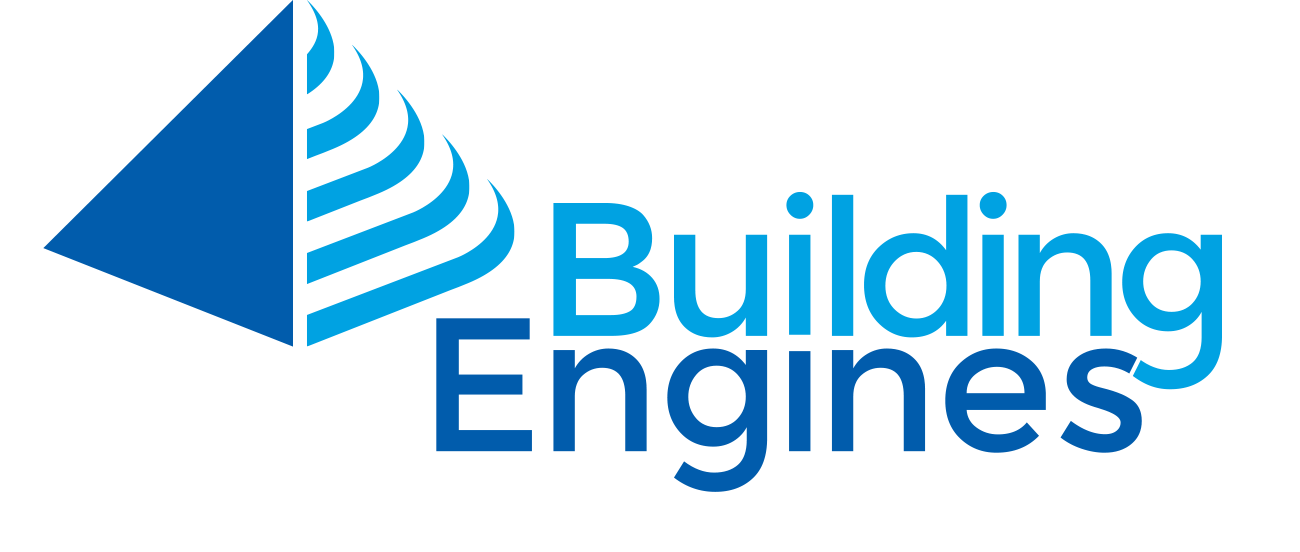
Got 15 minutes? Our Lunch-Break Guide to Bill-Backs is full of quick and resourceful ideas for enhancing revenue through your bill-back process. Stop leaving money on the table!
PART I: Why Now is the Time to Re-Evaluate Your Tenant Service Bill-Back Policies
1. Market Realities – The Need for NOI
It's all about driving revenue to the bottom line. In many buildings, service revenue is real money; often representing hundreds of thousands of dollars (we've even seen it in the 7-figure range!).
2. Property Type
If you think bill-backs are just for commercial, urban buildings, think again! More and more suburban properties are focusing on service revenue capture.
3. Lease Structure
The lease type (Gross, Full Service, Net, etc.) and negotiated terms of the lease obviously drive your ability to charge for services. In situations where you can charge for services, the terms may vary from lease to lease in the same building. Make sure you have abstracted your leases and understand what you are allowed to charge.
4. The Fall of the "Nickel and Dime" Perception
Historically, landlords and managers were occasionally hesitant to charge for services for fear of the perception of "nickle and diming" their tenants. This changed dramatically during the downturn. Ownership is demanding accountability and capture of all revenue.
5. Process
BOMA estimated 20% of all billable service revenue for services performed was never accounted for or collected due to poor process and systems. You need systems that connect all constituents (tenants, maintenance staff, management and vendors), seamlessly allowing for transparency, communication and data capture.
PART II: Four Decisions to Make About Your Invoices and Reporting:
If your tenants will receive invoices for the services they request, you will need to make some decisions...
1. System in Use - What system will be generating the invoices?
2. Reporting Detail - What level of detail are we providing for the billable service (line item or summary?)
3. Frequency - How often are tenants billed? After each service (better for cash flow), or at the end of each month with lease statement?
4. Performance - Create reports that represent billable service revenue in a way that helps you to understand your performance in that area of your business.
PART III: Nine Steps to Address your Service Revenue Tools and Processes:
If you want to capture as much service revenue as possible, there are a number of things you need to evaluate. Among them is, "Do we have the understanding, process and tools in place to accurately capture and account for service revenue, expense allocation and profit tracking?
1. Labor Costs (Your "Base Rate") - What are you paying your people, and how? The first step is to get a fully-loaded cost from accounting for each of your people. Determine if you are going to charge by the actual employee completing the work or an average. Then determine if you will charge overtime rates.
2. Desired Profit Margin - Establish the profit you want to make on your net service income revenue.
3. Markup Percentage - Ask yourself: "In order to achieve our desired profit margin, what markup do we have to apply to our base costs?" Again, this may or may not already be detailed in lease terms.
4. Service Categories - Determine what services and rates you are allowed to charge for based on your lease agreements. Additionally, think through how you will charge for non-service based charges like overtime HVAC.
5. Billable Cost per Service - If you're starting from scratch, calculate your base costs + markup to achieve your desired profit margin - this will equal your billable services rate.
6. Material Policy - Establish what you will charge for materials used during service (i.e. light bulb replacements).
7. Tax Policy - In many states , services and the resale of goods are taxable items. And sometimes the rules are complex. Make sure you understand the specific tax rules and requirements that apply to your property.
8. Expense and Income Categories - Your accounting system and general ledger will have expense and income codes that will need to align with all of the above. If you are using a system that allows you to export billable service data to the accounting system (this is the ideal as it eliminates double entry), you need to have placeholders for this information.
9. Tenant Visibility - What should your tenants see? If that sames system has a tenant interface, you will need to decide what information to give tenants access to. i.e. Just the final billable amount, or do you share markups as well?

Looking for Online and Mobile Tools to Automate Your Bill-Back Processes?
Building Engines offers tools that connect work completed in the field directly to accounting- completely automating and closing the loop on the bill-back process!
- Easily track labor rates, materials, costs and markups for each work order.
- Flexibility to account for variances by property, service type, and differences in lease terms.
- Automatically send charges to your accounting system - no manual entry. Ever!
- Simplify Reporting - report by work order, invoice date, tenant, profit, etc.
Request a Demo


Automate Your Bill-Backs
